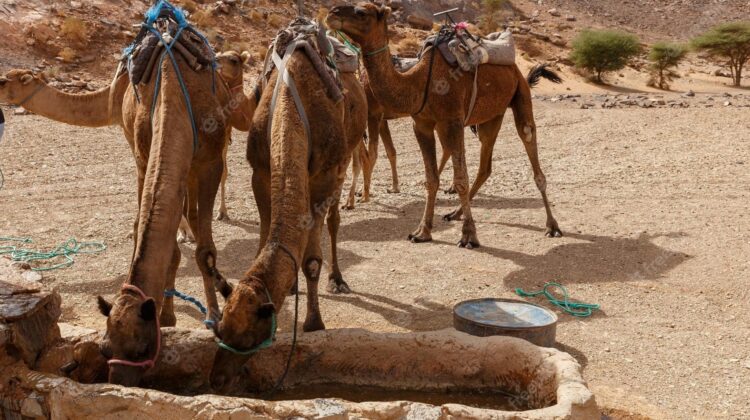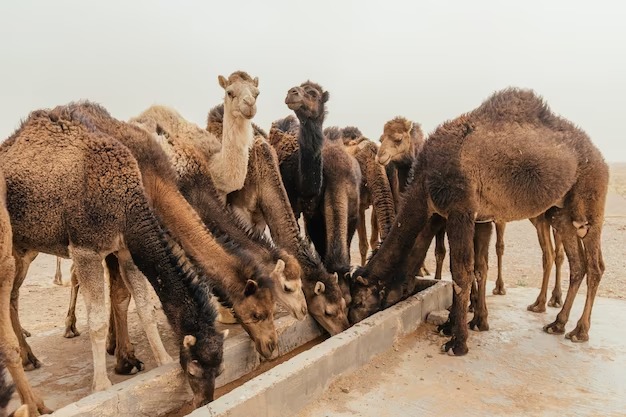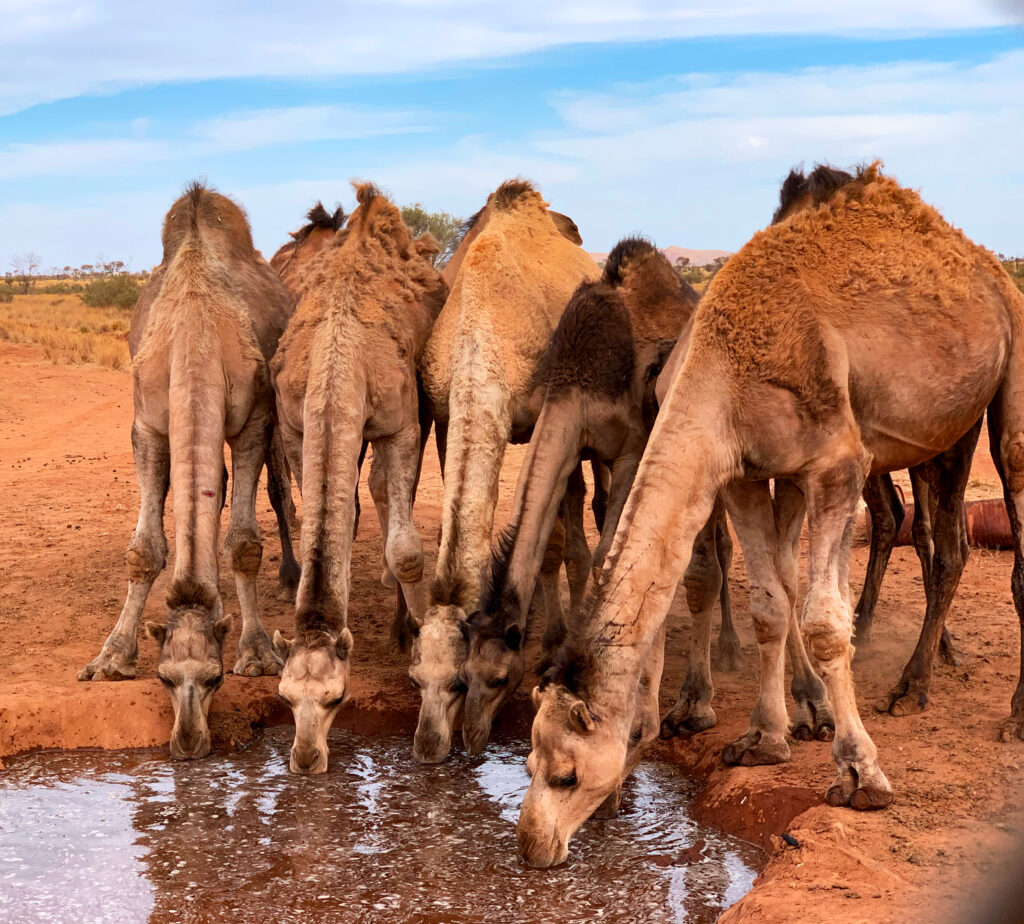
Camels are unique animals that have adapted to survive in some of the most arid and harsh environments on the planet. Unlike other mammals, camels have oval-shaped red blood cells, which give them a distinct advantage when it comes to drinking water.

When camels drink water, they can consume up to 200 liters in just three minutes, which is an incredible feat considering their size. This is because camels’ oval-shaped red blood cells are better at withstanding high osmotic variation, which can occur when drinking large amounts of water. The oval shape allows the red blood cells to deform and squeeze through narrow capillaries in the body, without rupturing or becoming damaged.
This adaptation is critical for camels, as they often have to travel long distances in search of water in desert environments. With their ability to store water in their bodies for long periods of time, camels can survive for weeks without access to water.

In addition to their unique blood cells, camels have other ecological and behavioral adaptations that help them survive in the desert. They have a thick coat of hair that keeps them warm at night and reflects sunlight during the day, and they have the ability to close their nostrils to protect their lungs from sand and dust storms.
Camels are also known for their ability to go for long periods without food, as they can store fat in their humps to use as an energy source. This allows them to survive when food is scarce, which is often the case in the desert.

Overall, camels are fascinating animals that have evolved unique adaptations to survive in harsh environments. Their oval-shaped red blood cells are just one example of how they have adapted to overcome the challenges of living in the desert.

Leave a Reply